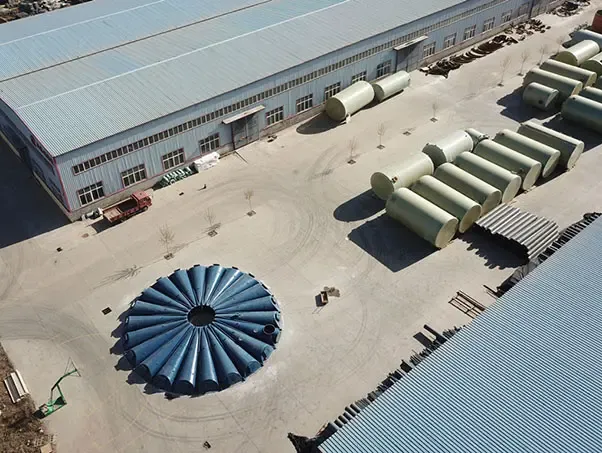
-
 Afrikaans
Afrikaans -
 Albanian
Albanian -
 Amharic
Amharic -
 Arabic
Arabic -
 Armenian
Armenian -
 Azerbaijani
Azerbaijani -
 Basque
Basque -
 Belarusian
Belarusian -
 Bengali
Bengali -
 Bosnian
Bosnian -
 Bulgarian
Bulgarian -
 Catalan
Catalan -
 Cebuano
Cebuano -
 China
China -
 China (Taiwan)
China (Taiwan) -
 Corsican
Corsican -
 Croatian
Croatian -
 Czech
Czech -
 Danish
Danish -
 Dutch
Dutch -
 English
English -
 Esperanto
Esperanto -
 Estonian
Estonian -
 Finnish
Finnish -
 French
French -
 Frisian
Frisian -
 Galician
Galician -
 Georgian
Georgian -
 German
German -
 Greek
Greek -
 Gujarati
Gujarati -
 Haitian Creole
Haitian Creole -
 hausa
hausa -
 hawaiian
hawaiian -
 Hebrew
Hebrew -
 Hindi
Hindi -
 Miao
Miao -
 Hungarian
Hungarian -
 Icelandic
Icelandic -
 igbo
igbo -
 Indonesian
Indonesian -
 irish
irish -
 Italian
Italian -
 Japanese
Japanese -
 Javanese
Javanese -
 Kannada
Kannada -
 kazakh
kazakh -
 Khmer
Khmer -
 Rwandese
Rwandese -
 Korean
Korean -
 Kurdish
Kurdish -
 Kyrgyz
Kyrgyz -
 Lao
Lao -
 Latin
Latin -
 Latvian
Latvian -
 Lithuanian
Lithuanian -
 Luxembourgish
Luxembourgish -
 Macedonian
Macedonian -
 Malgashi
Malgashi -
 Malay
Malay -
 Malayalam
Malayalam -
 Maltese
Maltese -
 Maori
Maori -
 Marathi
Marathi -
 Mongolian
Mongolian -
 Myanmar
Myanmar -
 Nepali
Nepali -
 Norwegian
Norwegian -
 Norwegian
Norwegian -
 Occitan
Occitan -
 Pashto
Pashto -
 Persian
Persian -
 Polish
Polish -
 Portuguese
Portuguese -
 Punjabi
Punjabi -
 Romanian
Romanian -
 Russian
Russian -
 Samoan
Samoan -
 Scottish Gaelic
Scottish Gaelic -
 Serbian
Serbian -
 Sesotho
Sesotho -
 Shona
Shona -
 Sindhi
Sindhi -
 Sinhala
Sinhala -
 Slovak
Slovak -
 Slovenian
Slovenian -
 Somali
Somali -
 Spanish
Spanish -
 Sundanese
Sundanese -
 Swahili
Swahili -
 Swedish
Swedish -
 Tagalog
Tagalog -
 Tajik
Tajik -
 Tamil
Tamil -
 Tatar
Tatar -
 Telugu
Telugu -
 Thai
Thai -
 Turkish
Turkish -
 Turkmen
Turkmen -
 Ukrainian
Ukrainian -
 Urdu
Urdu -
 Uighur
Uighur -
 Uzbek
Uzbek -
 Vietnamese
Vietnamese -
 Welsh
Welsh -
 Bantu
Bantu -
 Yiddish
Yiddish -
 Yoruba
Yoruba -
 Zulu
Zulu
frp pipes and fittings
Understanding FRP Pipes and Fittings
Fiber Reinforced Plastic (FRP) pipes and fittings have emerged as a significant advancement in the piping industry due to their unique properties and versatile applications. Composed of a plastic matrix reinforced with fibers, typically glass or carbon, FRP products combine the lightweight characteristics of plastics with the strength of steel.
One of the critical advantages of FRP pipes is their corrosion resistance. Unlike traditional materials such as steel or iron, which can easily succumb to rust and degradation when exposed to harsh environments, FRP pipes maintain their integrity in a variety of challenging conditions. This corrosion resistance makes them particularly suitable for industries such as sewage treatment, chemical processing, and oil and gas, where pipes are often exposed to corrosive substances.
Understanding FRP Pipes and Fittings
Moreover, FRP pipes and fittings exhibit excellent thermal properties. They can withstand a wide range of temperatures, which makes them suitable for hot and cold fluid transport. Their insulating properties also contribute to energy efficiency, as they reduce heat loss in thermal applications.
frp pipes and fittings

In terms of longevity, FRP systems boast a significantly longer lifespan compared to their metallic counterparts. Many FRP installations can last over 50 years with proper maintenance. This durability leads to lower lifecycle costs, making FRP pipes an economically attractive option for many projects.
Environmental considerations also play a crucial role in the increasing adoption of FRP. These materials can be manufactured with a lower carbon footprint compared to traditional piping systems. Furthermore, their durability means less frequent replacements are needed, leading to reduced waste and resource consumption in the long run.
Installation techniques for FRP fittings are also evolving, with advancements enabling quicker and more reliable connections, further streamlining the construction process. New solutions like adhesive bonding and mechanical couplings allow for efficient assembly and disassembly as needed.
In conclusion, FRP pipes and fittings represent a modern solution to numerous challenges faced by the piping industry. With their corrosion resistance, lightweight properties, excellent thermal insulation, and long lifespan, they provide a viable option for a multitude of applications. As industries continue to seek innovative and sustainable solutions, the demand for FRP materials is likely to grow, making them a key player in the future of piping systems. Whether in civil engineering, industrial applications, or environmental projects, FRP products are set to lead the way toward safer, more efficient infrastructure.
Latest news
-
Exploring the Benefits of Top Hammer Drifter Rods for Enhanced Drilling PerformanceNewsJun.10,2025
-
High-Precision Fiberglass Winding Machine for GRP/FRP Pipe Production – Reliable & Efficient SolutionsNewsJun.10,2025
-
FRP Pipes & Fittings for Shipbuilding - Corrosion-Resistant & LightweightNewsJun.09,2025
-
Premium FRP Flooring Solutions Durable & Slip-ResistantNewsJun.09,2025
-
Premium Fiberglass Rectangular Tanks Durable & Lightweight SolutionNewsJun.09,2025
-
Tapered Drill String Design Guide Durable Performance & UsesNewsJun.09,2025









